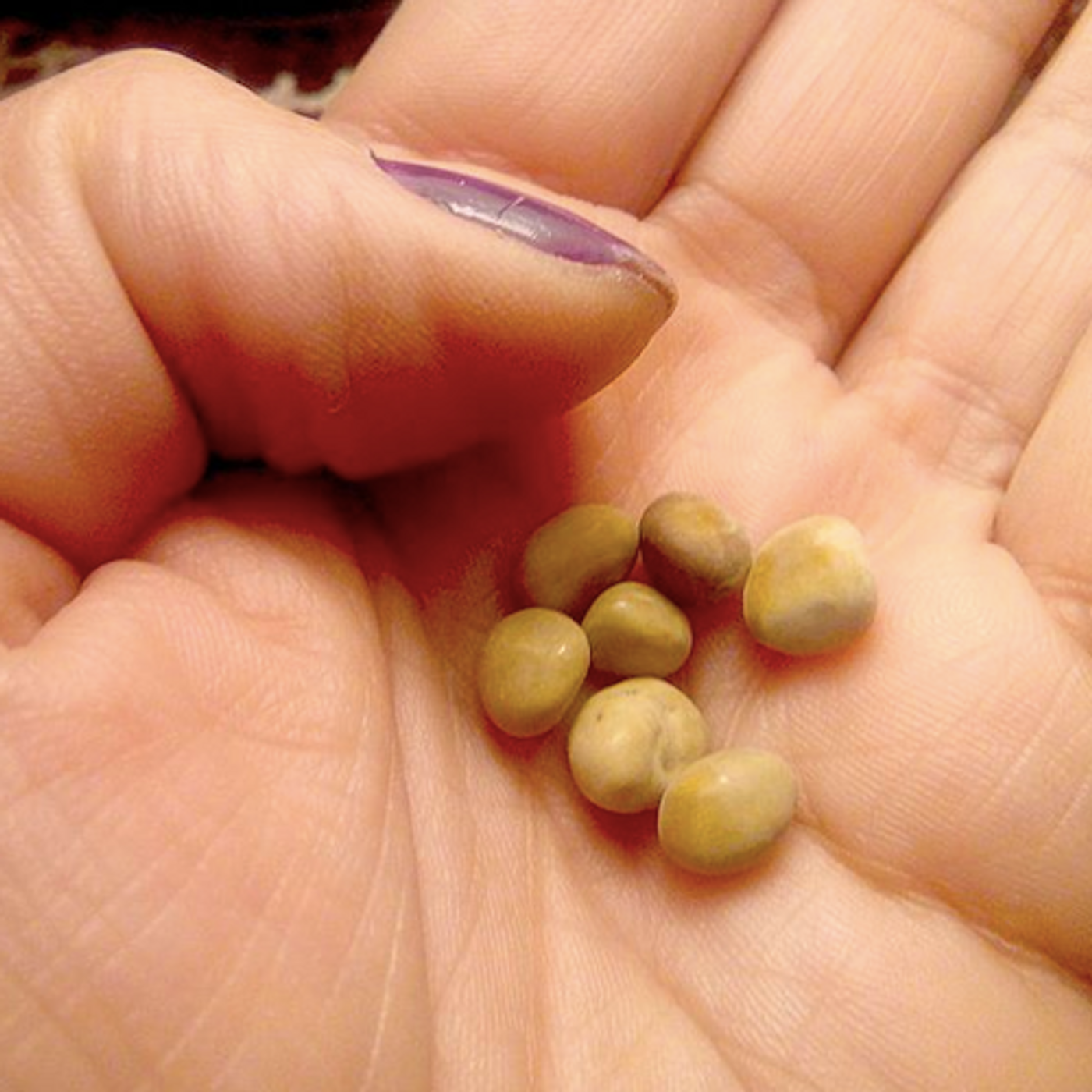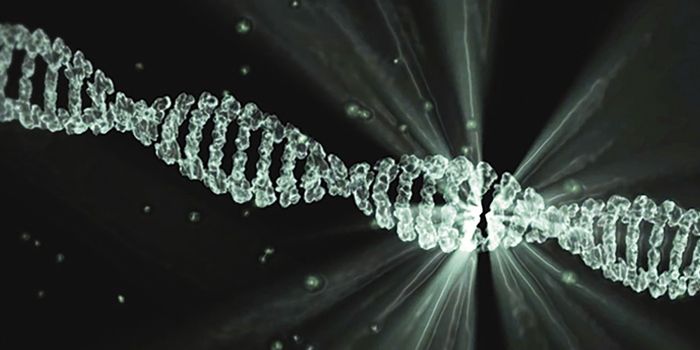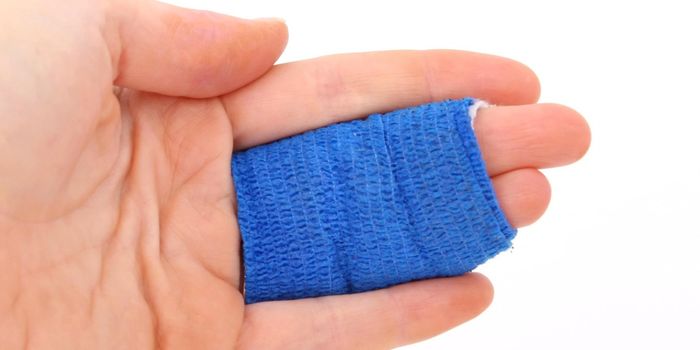Microscopy Reveals Path to Kidney Stone Treatment
By using a powerful microscopy technique that won a Nobel prize last year, researchers have revealed the structure of an ion channel that is critical to the kidney, and the data could help create new treatments for painful kidney stones. This work, reported in Nature Structural and Molecular Biology, has provided atomic-level information about the channel, which gives calcium ions a way to move across cell membranes in the kidneys. Kidney stones, importantly, are primarily composed of calcium.
Kidney stones are known for being excruciating to pass, and sometimes they are so large or are located in a place where surgery is necessary to remove them. Ion channels in the kidneys help remove calcium from urine before kidney stones can form. This report details the molecular structure of the TRPV5 ion channel when closed; it also shows how inhibitor molecules bind to the channel, closing it. That action restricts the calcium, keeping it in the urine where kidney stones might form.
"Now that we know what the protein looks like in its inhibited state, drugs can be made with the intention of modulating TRPV5 activity and potentially treating kidney stones directly," noted first author Taylor Hughes, a doctoral candidate in the Department of Pharmacology at Case Western Reserve University School of Medicine.
For this work, Hughes and colleagues employed cryo-electron microscopy, winner of the 2017 Nobel prize in Chemistry, to analyze rabbit TRPV5 bound to econazole, its inhibitor molecule. Cryo-electron microscopy (described in the video) allowed the scientists to analyze the atomic structure of the protein; they saw different portions of the protein such as the part which crosses the membrane of kidney cells, or the attachment site for inhibitors.
"When performing cryo-electron microscopy, we shoot electrons at our frozen protein and it allows us to take pictures of individual protein molecules. With these pictures and advanced computer software, we are able to create 3D models of these molecules. These 3D models have the potential to be so precise that we can actually see the atoms that make up the protein," Hughes explained.
Those 3D models enabled the researchers to predict how TRPV5 opens and closes. "To understand how a protein moves we need multiple structures to compare to one another," Hughes said. "We were able to draw conclusions about the mechanisms of action by comparing our inhibitor-bound structure to a previously published TRPV6 structure solved without an inhibitor. TRPV5 and TRPV6 are part of the same subfamily of proteins and very similar in sequence as well as structure."
"This publication is the first time the structure of TRPV5 has been solved. Now, structures for four of the six TRPV subfamily members are available at near-atomic resolution for further scientific investigation," Hughes said. The researchers suggest that future studies might include targeted therapeutics that alter the protein channels in patients that suffer from kidney stones.
Learn more about kidney stones from this Ted Talk.
Sources: AAAS/Eurekalert! Via Case Western University, Nature Communications









